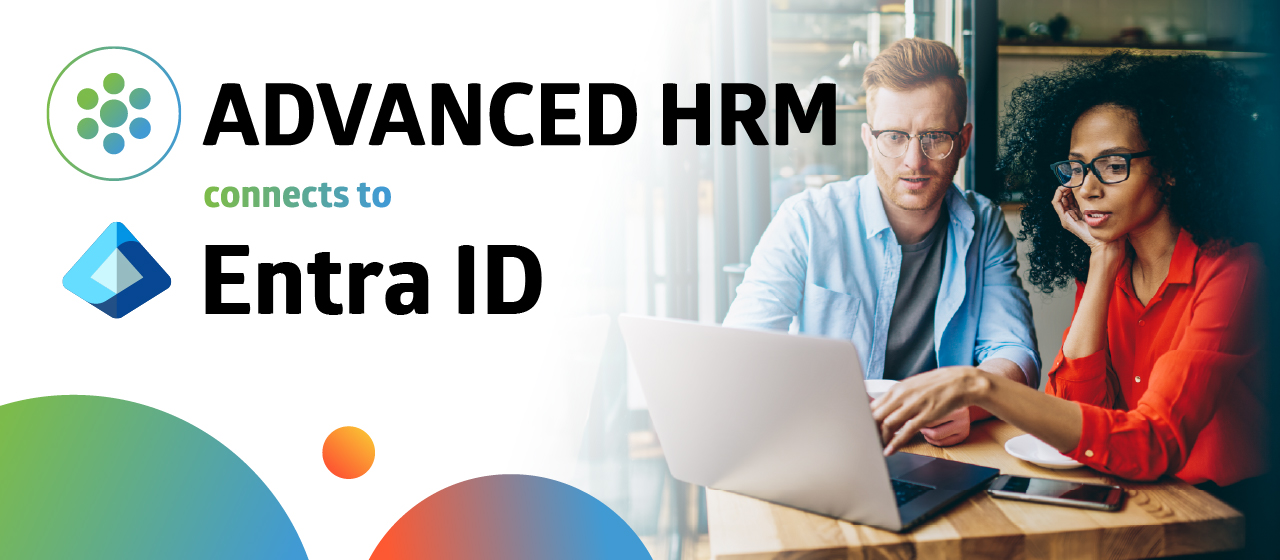When it comes to effective resource planning, your HR data is a goldmine of insights and opportunities to add value. Yet many HR departments lack the tools to fully integrate their data into resource planning.
New HR technologies like the Resource Planning tool in FourVision’s Timesheets Web App for Microsoft Dynamics 365 F&O can help you connect the dots and make better decisions about how your employees spend their time when working on client projects. Below, we explore some of the possibilities that data-driven resource planning has to offer.
Better financial oversight
Traditionally, the number-one benefit of resource planning has been keeping scheduling the right number of working hours to ensure your company’s projects remain within budget. HR data helps you plan your resources (your employees’ working hours) more effectively, because it enables you to account for differences in hourly rates, which are stored in your HR’s financial records for each employee.
With data-driven resource planning tools, there’s no need to manually calculate working hours based on each employee’s hourly rate. The tool does the math for you. This saves time while also preventing you from going over-budget.
Improving performance management
Both being integral to workforce management, your performance management data should be fully integrated into your resource planning. This provides many benefits that help you turn resource planning into a strategic benefit for your company.
Instead of having to manually search through spreadsheets to find which employee has the right skills for a particular project, you can now use resource planning tools that automatically identify the best fits to meet the client’s needs.
In addition, a data-driven resource management tool lets you identify which skills are missing, so you can effectively upskill your employees to meet demand.
Protecting employee well-being
Ensuring skills are evenly distributed prevents you from relying too heavily on just a few star performers to carry the bulk of the workload. This keeps workloads more manageable and contributes to your employees’ well-being. In fact, a well defined staffing plan is closely related to Succession Planning.
Streamlining the employee experience
With modern resource planning tools, you integrate work schedules directly into your HR platform, so employees have a convenient, all-in-one platform for all their work-related needs. Instead of having to log in to multiple systems or check calendar appointments, your employees can now simply log into their HR portal for a clear overview of the week ahead. This saves time and energy and contributes to a more streamlined employee experience—an important driver for employee engagement and retention.
Easier to plan leave of absence
Many HR teams rely on separate tools for resource planning and leave of absence approvals. Why not combine the two? With the right software, your resource planning tool automatically incorporates leave and absence data, so you no longer have to cross-check multiple systems when creating work schedules.
Smarter data analysis and insights
When resource planning is fully connected with your HR data, you create richer data that adds more strategic workforce management value for your company. It’s not a one-way street: resource planning relies on HR data, but also feeds new data back into your HR system.
For example, your resource planning tool uses HR data to identify which employees have the right skills for specific projects. When it detects that your team is running short on a particular skill, it feeds that data back into your performance management system, which can then trigger additional learning and development options in your e-learning system. Meanwhile, your HR platform automatically sends all the necessary notifications and training invitations to your employees who need to upskill.
The future of resource planning has begun
Thanks to new technologies, HR can now add more strategic value to their company’s business than ever. Resource planning is a core task that links many different areas of HR activity. That’s why it calls for a holistic approach that gathers insights from the full range of your HR data.
Resource planning is so much more than just adding up working hours, making a schedule and monitoring budgets. With a smart, data-driven approach, resource planning delivers major benefits for your company. That proves once again just how important the role of HR is in your company’s strategic decision-making.





